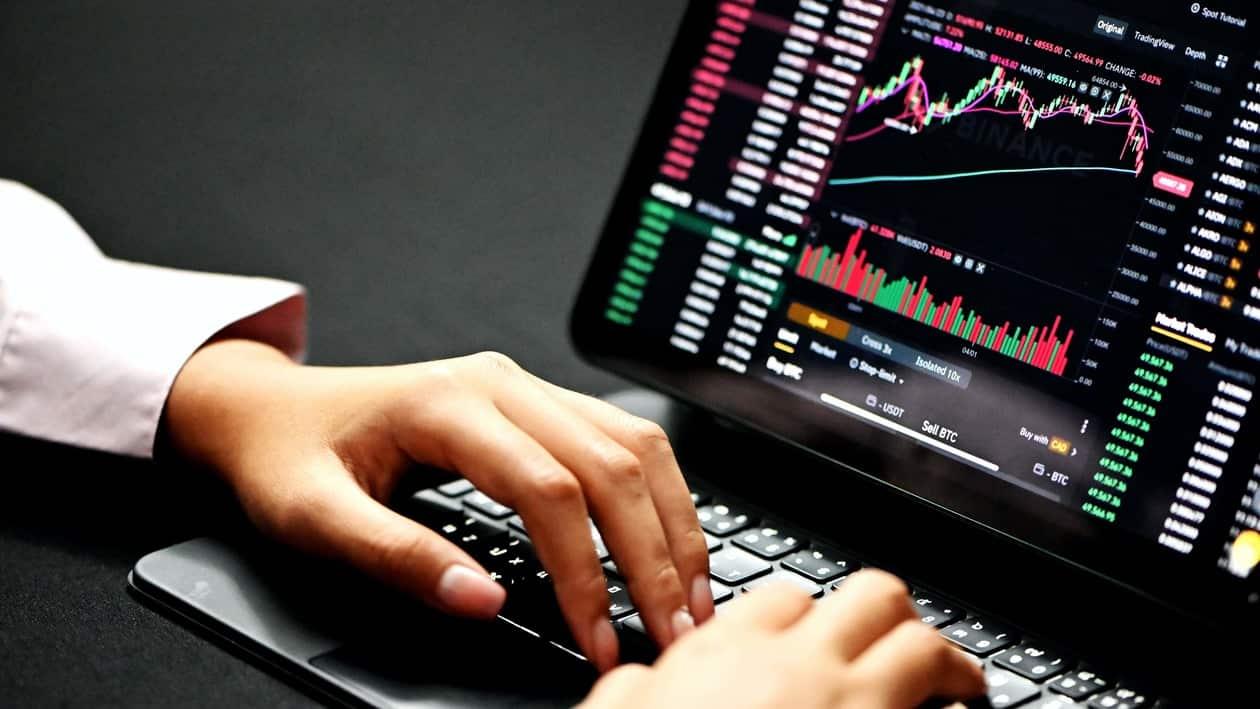For anyone new to online trading, there is a lot of jargon to understand to help you make the right choice for yourself. Stock market trading gives a number of different options to investors from short-term buying and selling to long-term investments. Depending on which one you want to focus on, there are 2 modes available in online trading - intraday trading and delivery trading.
This is something that every investor has to understand for investment purposes. Understanding the difference between the two is essential for investors to make the right investment choices.
Intraday trading
It is a form of short-term trading. Basically, when you buy/sell your stocks on the same day, it comes under intraday trading. In this mode, the investor generally benefits from market movements. He/she buys when the price is low and sells when they rise. However, it is necessary to settle your orders on the same day. If not done, most brokerages execute the orders at the closing price of the stock. Investors aim to earn small profits from this mode instead of looking for a proper long-term investment.
Delivery trading
This is the opposite of intraday trading. It is one of the more common modes of trading. Under this mode, an investor holds the stock at least overnight. He/she can keep the stock for as long as they want from 2 days to 20 years. It is a more popular mode for long-term investors. The stocks are delivered and held in your Demat account till you decide your next move. There are no time constraints to sell your stock, you are not required to buy/sell stocks on the same day.
Let's now look at the advantages of both modes
Intraday trading advantages
- In this, investors can pay only a part of the full price and invest in small margins
- It allows investors to short sell. Short selling is the process of borrowing shares to sell in the market and then buying them back again before the end of the trading day.
- It eliminates the overnight risks, in case the stock crashes the next day
- It has a very low brokerage cost.
Delivery trading advantages
- There is no time limit to sell
- You can earn higher returns in the longer run
- No risk of short selling
- You can earn extra through dividends, bonus shares, rights issues, etc of stocks.
- The risk is comparatively lower than intraday trading
Delivery trading
This is the opposite of intraday trading. It is one of the more common modes of trading. Under this mode, an investor holds the stock at least overnight. He/she can keep the stock for as long as they want from 2 days to 20 years. It is a more popular mode for long-term investors. The stocks are delivered and held in your Demat account till you decide your next move. There are no time constraints to sell your stock, you are not required to buy/sell stocks on the same day.
Let's now look at the advantages of both modes
Intraday trading advantages
- In this, investors can pay only a part of the full price and invest in small margins
- It allows investors to short sell. Short selling is the process of borrowing shares to sell in the market and then buying them back again before the end of the trading day.
- It eliminates the overnight risks, in case the stock crashes the next day
- It has a very low brokerage cost.
Delivery trading advantages
- There is no time limit to sell
- You can earn higher returns in the longer run
- No risk of short selling
- You can earn extra through dividends, bonus shares, rights issues etc of stocks.
- The risk is comparatively lower than intraday trading
|#+|
It’s now time for the drawbacks of each mode
Intraday trading disadvantages
- It offers a very small time frame. Since you cannot hold the stocks, you may miss out on higher returns.
- It has high risk as it is not possible to predict the market correctly all the time.
- It has no advantages like dividends etc.
- It is very necessary to monitor the market closely so you don't miss out on any trends. It is also important to learn how to read charts, other technical tools, etc and do extensive research to predict how the market will perform.
Delivery trading disadvantages
- The main disadvantage is that you have to pay the full amount of funds to your broker before making a trade.
Intraday trading is riskier and is not everyone's cup of tea. If you want to hold your stocks for the long term and garner good returns, delivery trading is the way to go. However, if you are good at timing the market and analysing the technical tools, you can also earn a good profit through intra-day trading.
